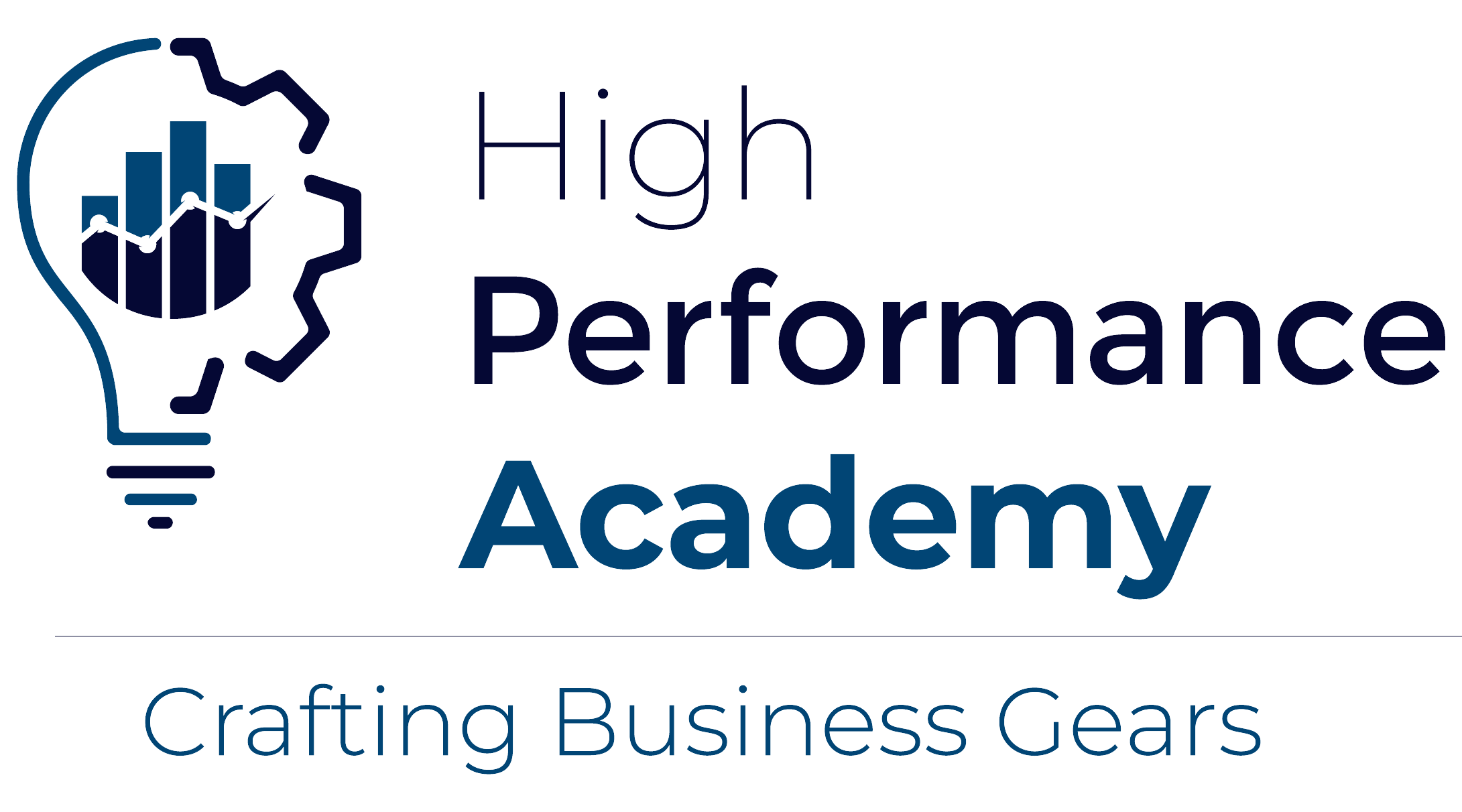The VAK learning styles model
The Visual-Auditory-Kinesthetic learning styles model or a simple way to explain and understand your own learning style (and learning styles of others) According to the VAK model, most people possess a dominant or preferred learning style; however some people have a mixed and evenly balanced blend of the three styles.
Visual learning style involves the use of seen or observed things, including pictures, diagrams, demonstrations, displays, handouts, films, flip-chart, etc.The VAK learning styles model provides a very easy and quick reference inventory by which to assess people’s preferred learning styles, and then most importantly, to design learning methods and experiences that match people’s preferences:
Auditory learning style involves the transfer of information through listening: to the spoken word, of self or others, of sounds and noises.
Kinesthetic learning involves physical experience – touching, feeling, holding, doing, and practical hands-on experiences.
The word ‘kinesthetic’ describes the sense of using muscular movement – physical sense in other words.
Boost your knowledge about this topic by asking us about our next round of (Train of Trainers Program) and get certified from HRCI which ranked number one all over the world in the HR field. For more info kindly visit this link: TOT or call Us
Tag:Human Resources




